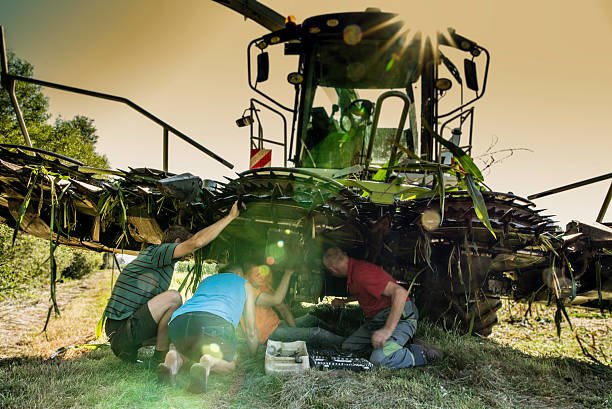Introduction:
Tractors play a vital role in agriculture, serving as indispensable machines for farmers around the world. However, with the benefits they bring, there is also an inherent risk of accidents associated with their operation. Tractor accidents can have severe consequences, causing injuries, fatalities, and significant economic losses. In this article, we will explore the common causes of tractor accidents, strategies for prevention, and crucial safety measures.
Causes of Tractor Accidents:
1. **Overturns:**
Tractor overturns are a leading cause of accidents in agriculture. Uneven terrain, steep slopes, and improper use of implements can contribute to these incidents. Overloaded tractors or carrying heavy loads on uneven surfaces increase the risk of tipping over.
2. **Mechanical Failures:**
Faulty equipment, worn-out parts, and inadequate maintenance can lead to mechanical failures, resulting in accidents. Regular inspections and maintenance are essential to prevent unexpected breakdowns during operation.
3. **Power Take-Off (PTO) Accidents:**
The PTO, a vital component of tractors, can cause severe injuries if not used properly. Improper engagement or disengagement, loose clothing getting caught, or lack of proper guarding can lead to entanglement accidents.
4. **Collisions:**
Collisions with other vehicles, obstacles, or pedestrians are common tractor accidents, especially when operating on public roads or in shared spaces. Inadequate signaling, poor visibility, and high-speed operations can contribute to such incidents.
5. **Lack of Training:**
Insufficient training and experience in tractor operation can lead to accidents. Operators need to be adequately trained on safe operating practices, understanding the specific features and limitations of the tractor they are using.
Prevention Strategies:
1. **Training and Education:**
Comprehensive training programs for tractor operators can significantly reduce the risk of accidents. This should include proper operating procedures, safety guidelines, and emergency response protocols.
2. **Regular Maintenance:**
Routine maintenance checks and timely repairs are crucial in preventing mechanical failures. Farmers should follow manufacturer guidelines and conduct pre-operation inspections to ensure the tractor is in optimal condition.
3. **Use of Roll-Over Protective Structures (ROPS):**
ROPS is a vital safety feature designed to protect operators in the event of a rollover. Tractors equipped with ROPS have proven to reduce the severity of injuries in overturn accidents.
4. **Implement Safety Measures:**
Implementing safety features such as proper guarding on PTOs, ensuring clear visibility with mirrors and lights, and using appropriate signage on public roads can prevent accidents related to these factors.
5. **Adherence to Guidelines:**
Following recommended guidelines and regulations, particularly when operating tractors on public roads, is crucial. This includes obeying speed limits, using turn signals, and employing proper warning signs.
Conclusion:
Tractor accidents are a serious concern in the agricultural sector, and addressing this issue requires a collective effort from manufacturers, farmers, and regulatory authorities. By prioritizing safety through education, regular maintenance, and the implementation of safety features, we can work towards reducing the frequency and severity of tractor accidents, ensuring a safer working environment for farmers worldwide.
